Iran, Venezuela plan for ‘big projects’ in challenge to US
Iran and Venezuela, both petroleum-rich OPEC members, have found solidarity in coordinated geopolitical, economic, and military maneuvers against shared common enemy the United States, which has subjected them to a regimen of economic sanctions for years.
Ties between the nations were close under Venezuela’s maverick president Hugo Chavez, but strengthened further under Nicolas Maduro, who has sought a lifeline from Iran to pull his country’s economy back from the brink.
While Venezuela enjoys what are believed to be the world’s largest petroleum deposits, years of maintenance issues in the face of US sanctions have dramatically hampered its production and refining capabilities.
In June of this year, Venezuela and Iran signed a 20-year cooperation plan which involves Iranian assistance in repair and maintenance of existing Venezuelan refineries, as well as other technical and engineering expertise. The two nations also signed a deal whereby Iran will deliver four oil tankers to Venezuela through the Iranian company SADRA. Weekly flights between Caracas and Tehran commenced in July.
Currently, Venezuela lacks both the investment capital and the expertise to resurrect its once formidable oil industry. With Russia’s Rosneft sidelined by US sanctions, the Maduro government has looked to Iran to step into the gap.
Iran has sent fleets of fuel-laden tanker ships to alleviate Venezuela’s crises before, and also helped to export Venezuela’s crude in the face of crippling US sanctions.
In 2020, Iran launched a new supermarket, Megasis, in Venezuela. Perched on the eastern edge of Caracas, the 200,000 square foot megastore sits next to Venezuela’s largest slum, Petare, where it stocks a dazzling array of over 2,500 Iranian products, many considered novelties to its new customers.
With constant flow of tankers, cargo ships and planes between the two countries, the supermarket is a small piece in a growing mosaic of bilateral and possibly multilateral projects.
The budding relationship, however, has alarmed Washington which deems it as part of asymmetric warfare against the West, where the interests of Venezuela, Iran, China, Russia and Cuba align.
On Sunday, Venezuelan Minister of Transport Ramón Velásquez announced the establishment of a “sea bridge” in order to expand bilateral trade between Tehran and Caracas.
Velásquez is currently leading a large delegation on an official visit to Iran to attend their joint economic commission meeting.
They met with the participation of seven joint committees consisting of the Venezuelan public sector and the private sector of Iran to debate issues related to agriculture and industry, science and technology, electricity, energy and oil.
“We have big projects as well as big challenges to create real ties of brotherhood, cooperation and mutual assistance to strengthen bilateral relations in order to realize our dreams of living freely,” he was quoted as saying.
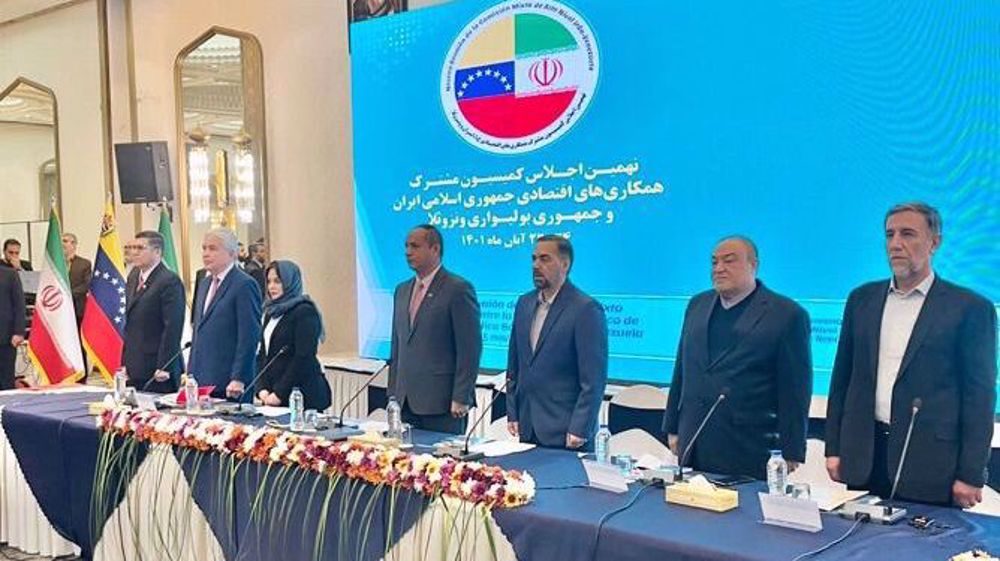
Velásquez also announced the shipment of 1,000 cars built in Iran to Venezuela, stating that they were among 80,000 requests registered for the products of an Iranian car manufacturer in his country.
“We have a very high demand for Iranian car products, where we were able to register about 80,000 requests in the first stage,” he said.
With the exports, Iran is staking out a niche in South America’s automotive marketplace which has a lot of space for growth and expansion, given the uneasy relationship of some of the countries of the region with the United States.
It follows the Iran-Venezuela 2022 Expo Fair held on Sept. 14-18 in Caracas where President Maduro announced the assembly of four Iranian models at Venirauto car manufacturing plant, a joint venture between the Venezuelan government and major Iranian automaker Iran Khodro.
The shipment from Iran’s Bandar Abbas port on Sunday, however, consisted of Saina and Quik models built by Iran’s second largest carmaker Saipa.
“We are activating the sea bridge between Tehran and Caracas that allows the total flow of goods and products to feed the economies of both countries,” Velásquez said at the ceremony.
VIDEO | COP29: another climate failure?
ICC issues arrest warrants for Netanyahu, Gallant for war crimes
Israeli strikes kill 88 Palestinians in northern Gaza
American voters plainly rejected complicity in Gaza genocide: Iran FM spox
ICC should issue more arrest warrants for Israeli authorities over Gaza genocide: UN expert
Israel using AI weapons co-produced by India in Gaza genocide: Report
Israel issues new evacuation orders, shortly launches strikes on southern Lebanon
VIDEO | Press TV's news headlines


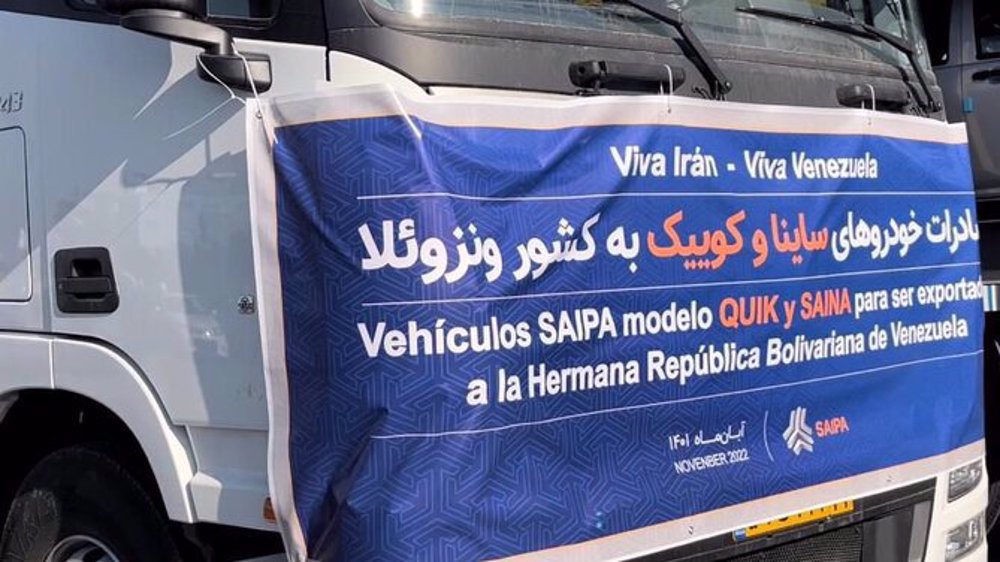
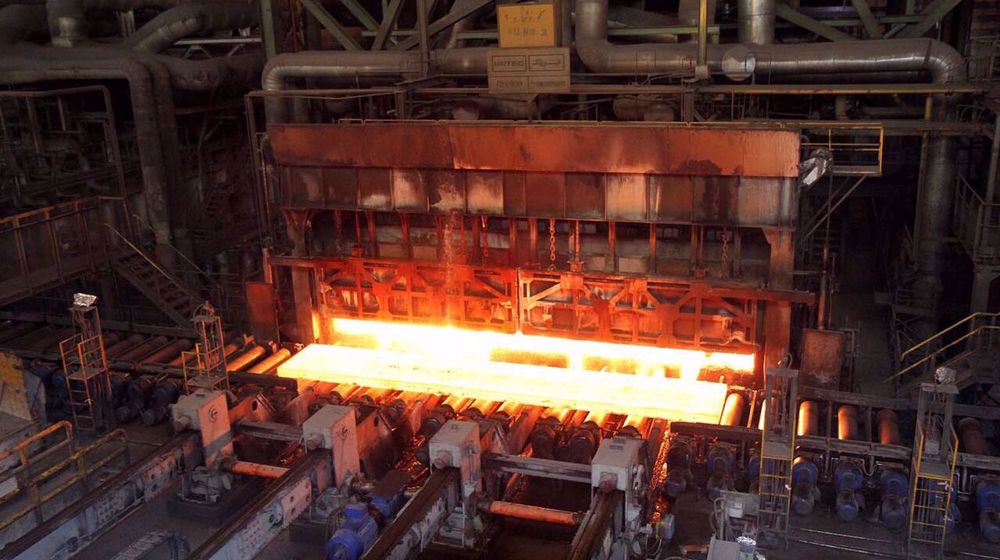
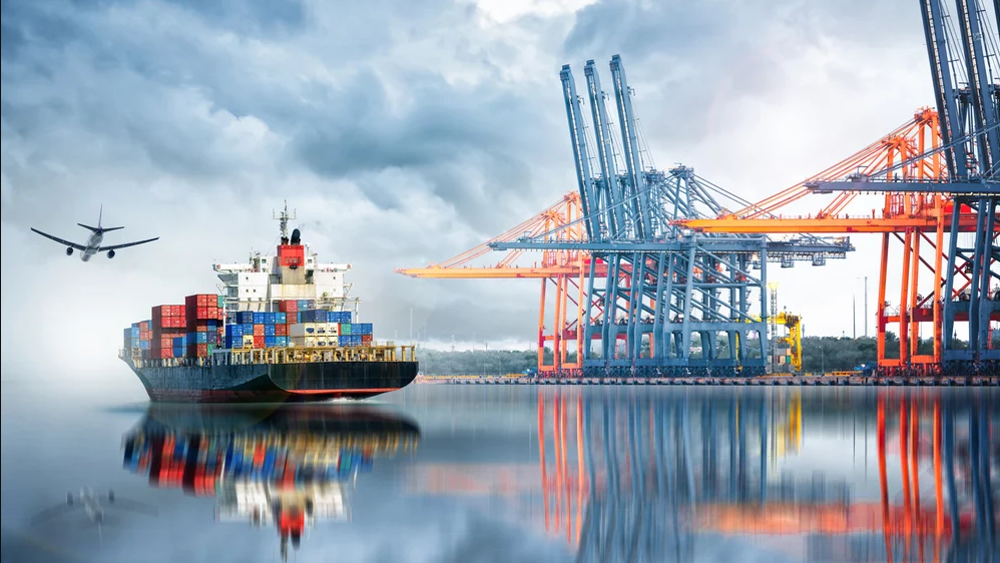
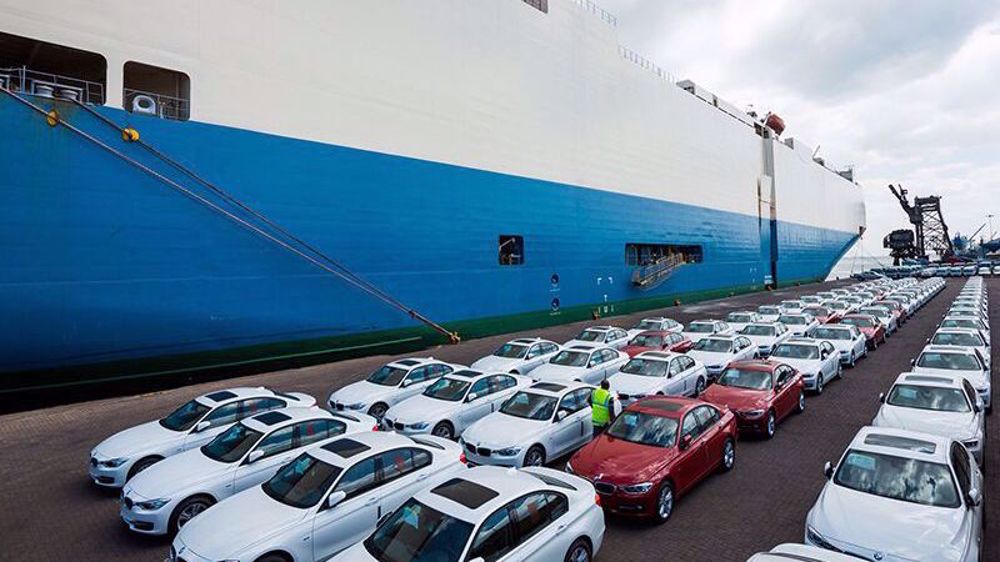




 This makes it easy to access the Press TV website
This makes it easy to access the Press TV website